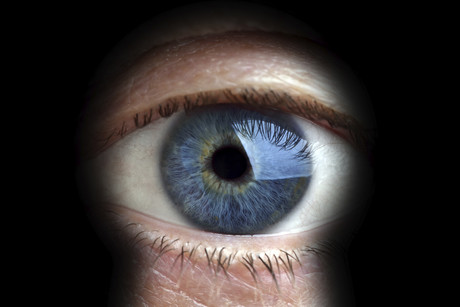Parkinson's diagnosis — the eyes have it

Doctors may soon be able to detect Parkinson’s disease with a simple eye scan, thanks to a new link between a thinning eye retina and Parkinson’s disease.
Now a new study has found that the thinning of the retina, the lining of nerve cells in the back of the eye, is linked to the loss of brain cells that produce dopamine — a substance that helps control movement.
Published in Neurology, the medical journal of the American Academy of Neurology, the study is the first to establish the Parkinson’s link between the retina and dopamine.
“We also found the thinner the retina, the greater the severity of disease,” said study author Dr Jee-Young Lee, PhD, of Seoul National University Boramae Medical Center in South Korea. “These discoveries may mean that neurologists may eventually be able to use a simple eye scan to detect Parkinson’s disease in its earliest stages, before problems with movement begin.”
The study involved 49 people with an average age of 69 who were diagnosed with Parkinson’s disease an average of two years earlier but who had not yet started medication. They were compared to 54 people without the disease who were matched for age.
Researchers evaluated each study participant with a complete eye exam as well as high-resolution eye scans that use light waves to take pictures of each layer of the retina. In addition, 28 of the participants with Parkinson’s disease also had dopamine transporter positron emission tomography (PET) imaging to measure the density of dopamine-producing cells in the brain.
Researchers found retina thinning, most notably in the two inner layers of the five layers of the retina, in those with Parkinson’s disease. For example, for those with Parkinson’s disease, the innermost layer of the retina in one section of the eye had an average thickness of 35 micrometres (μm) compared to an average thickness of 37 μm for those without the disease.
In addition, the thinning of the retina corresponded with the loss of brain cells that produce dopamine. It also corresponded with the severity of disease. When disability from the disease is measured on a scale of one to five, the people with the most thinning of the retina, or thickness of less than 30 μm, had average scores of slightly over two, while people with the least thinning, or thickness of about 47 μm, had average scores of about 1.5.
“Larger studies are needed to confirm our findings and to determine just why retina thinning and the loss of dopamine-producing cells are linked,” said Lee. “If confirmed, retina scans may not only allow earlier treatment of Parkinson’s disease but more precise monitoring of treatments that could slow progression of the disease as well.”
A limitation of the study was that the retina scans focused only on a limited area of the retina. The study was also a snapshot in time and did not follow participants over a long period of time.
AdPha welcomes "win for all Australians" PBS news
Advanced Pharmacy Australia has welcomed the announcement that over 400,000 Australians each week...
NSW sees ramping reductions across some of its busiest EDs
Some of NSW's busiest emergency departments have seen significant reductions in hospital...
RACGP calls for obesity-management medication PBS subsidy
Following its new position statement on obesity prevention and management, the RACGP is calling...









